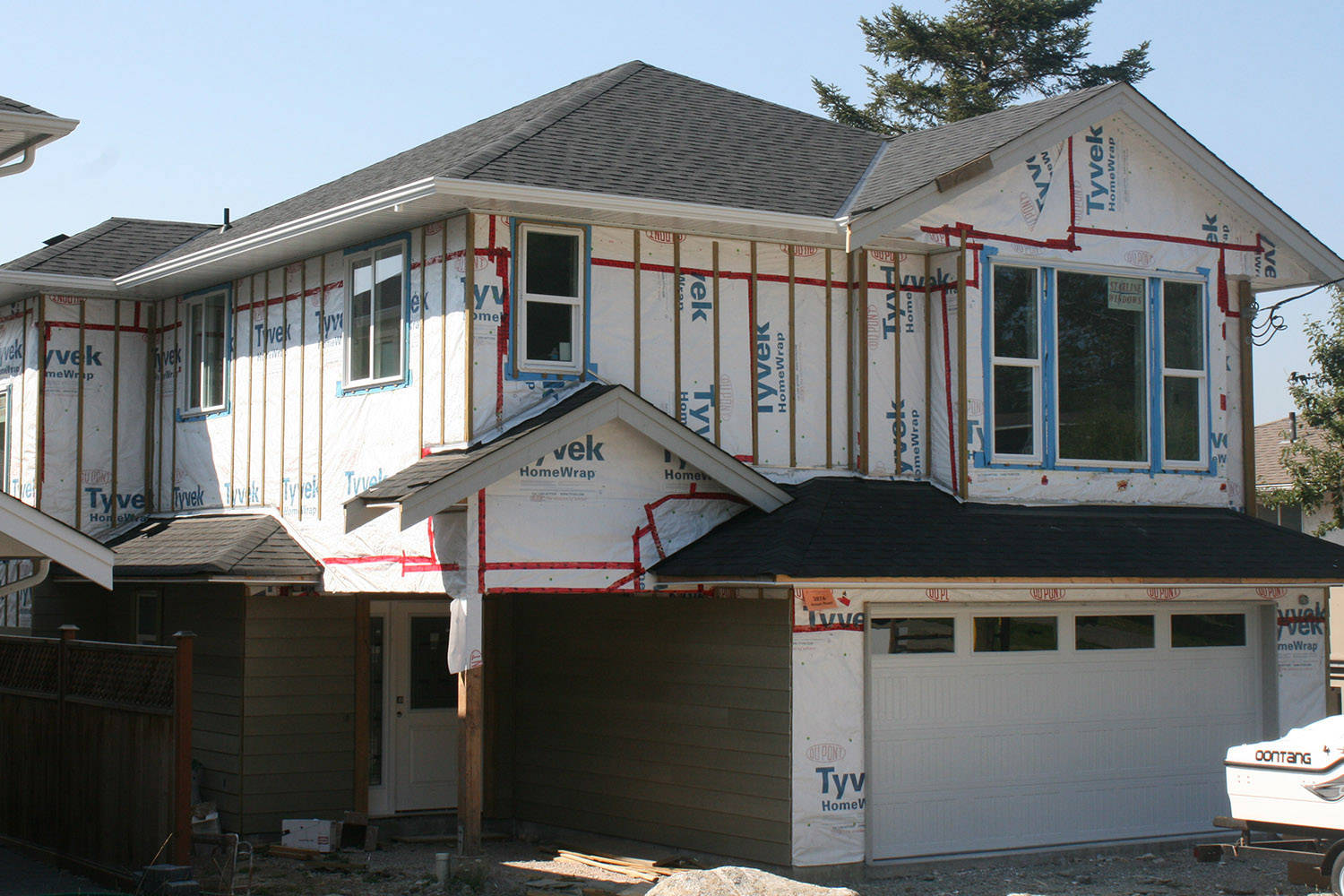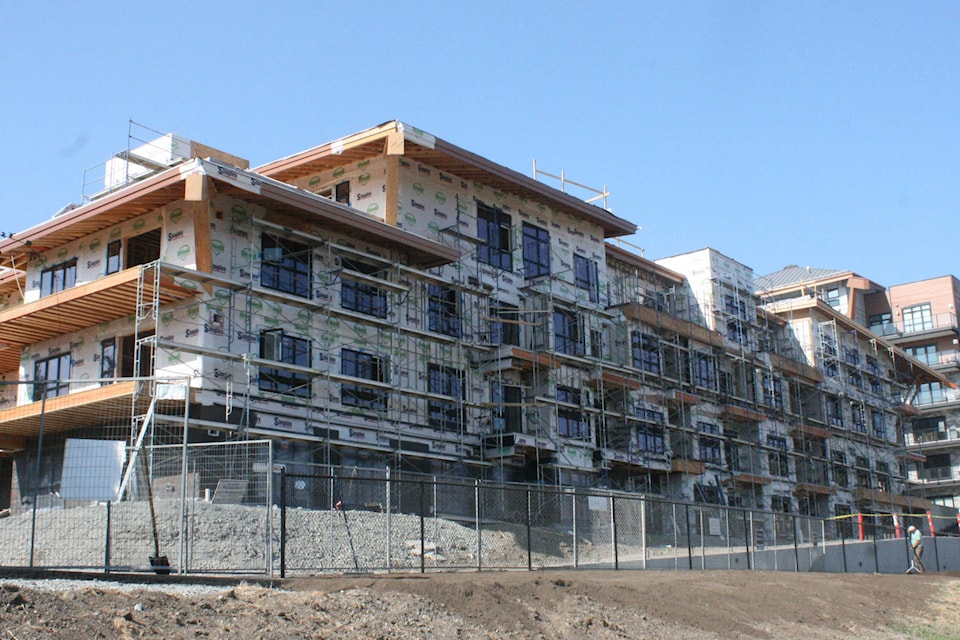New statistics confirm the strong state of the local construction industry, but it could be stronger if more skilled workers were available, according to a local industry leader.
Rory Kulmala, chief executive of the Vancouver Island Construction Association, made these comments after the release of new statistics that show these are heady times for local builders.
The number of residential construction permits rose 36 per cent in the second quarter of 2017 (April to June) compared to the first quarter. Permits for non-residential construction rose 44 per cent. Permits for institutional-government permits rose 196 per cent. Overall, VICA predicts a 20 per cent increase in total building permits for 2017.
The value of building permits and employment figures have mirrored these measures. The total value of all building permits rose 38 per cent to $616.4 million, while the number of workers employed in construction rose by four per cent compared to same period in 2016.
“The general state of the construction industry remains at an all-time high,” Kulmala said. “The statistics certainly reinforce this.”
While VICA has recorded growth across Vancouver Island, the Greater Victoria region has led the way, with a 64 per cent jump over the first quarter.
The local construction industry – like so many other industries in the Greater Victoria area – are competing for workers. While employment figures have risen, demand outstrips supply.
“I know that many construction firms in [the Greater Victoria] are always actively recruiting skilled trades from other areas of the Island, province and country,” he said. “I personally think that with the amount of construction going on that number would be higher if the tradespeople were available.”
The region is also competing against other parts of Canada for workers, who may find it difficult to find affordable housing in Greater Victoria.
“Given the construction market across the country is very busy, there is only a finite number of tradespeople available,” said Kulmala. “Layer on the housing crunch in Victoria and this makes attracting people from other areas a challenge.”
Larry Champagne, senior site superintendent with Casman Projects, has experienced this labour crunch first hand.
“It’s very difficult,” he said. “There is a shortage of people and Victoria is in a building boom right now that won’t end any time soon,” he said.
Champagne, who is currently overseeing the Otto Living Development under construction on McKenzie Avenue, says most of his crew have local roots. But he has also seen companies reaching out for workers from the interior of British Columbia and Alberta.
Kulmala’s assessment of the local construction industry comes against the backdrop of a strong provincial economy, whose main driver is real estate. Figures show British Columbia received more tax revenue from the sale of homes in 2016 than combined revenues from traditional staple industries of mining, energy, forestry, Crown land tenures and natural gas.
Economists have grown increasingly wary of this reliance, something Kulmala has acknowledged. Demand for new housing is certainly driving new construction and economic growth, he said.
“That said, there will be a correction, there always is. But I think the correction will be felt more by the real estate market than the construction industry. It is used to cycles and manages them quite well.”
Looking ahead, Kulmala predicts that overall residential and non-residential construction will continue at a similar pace.
“Saanich will continue with a significant amount of residential,” he said. “However, there are pockets of zoned areas that are prime for commercial development.”




